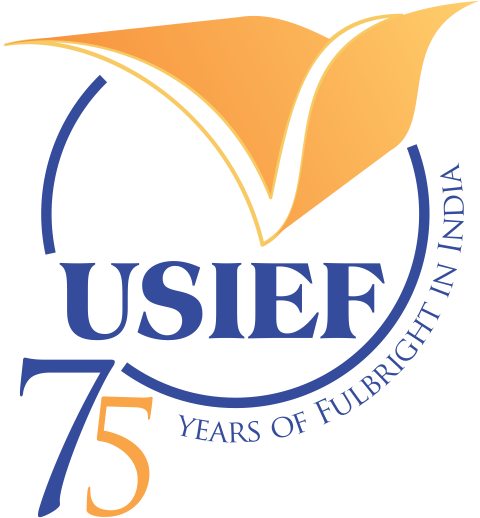Prof. Gregory Goulding is an associate professor in the Department of South Asia Studies at the University of Pennsylvania. His first book, Cold War Genres, was released with SUNY University Press in 2024. His research focus is on mid-20th-century Hindi literature, with a particular interest in ideas of space, aesthetic debates, and conceptions of the international. Some of his recent articles have appeared in Comparative Literature, Modern Asian Studies, South Asia, and the Journal of the Royal Asiatic Society.
Prof. Goulding’s Fulbright-Nehru project is posing Central India as a key location in the literary history of modern South Asia, situating it as an area shaped by its political history as a borderland between Maratha, Mughal, and later British power. He is also studying Central India’s position on the periphery of three modern literary cultures, as well as its landscape of forested mountain and scrubby plateau, home to peoples who articulate radically different ideas of space and belonging. The project aims to intervene in both current understandings of modern South Asian literatures as well as in global understandings of modern literatures after the emergence of monolingual linguistic identities.
